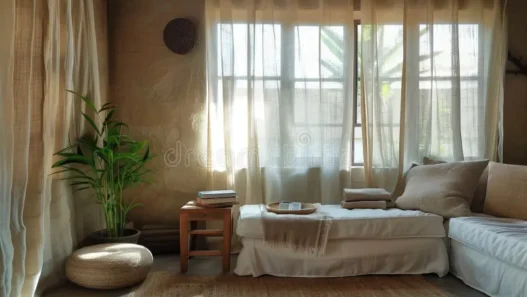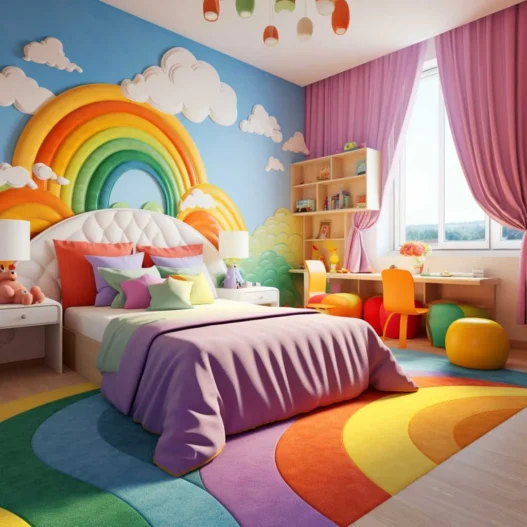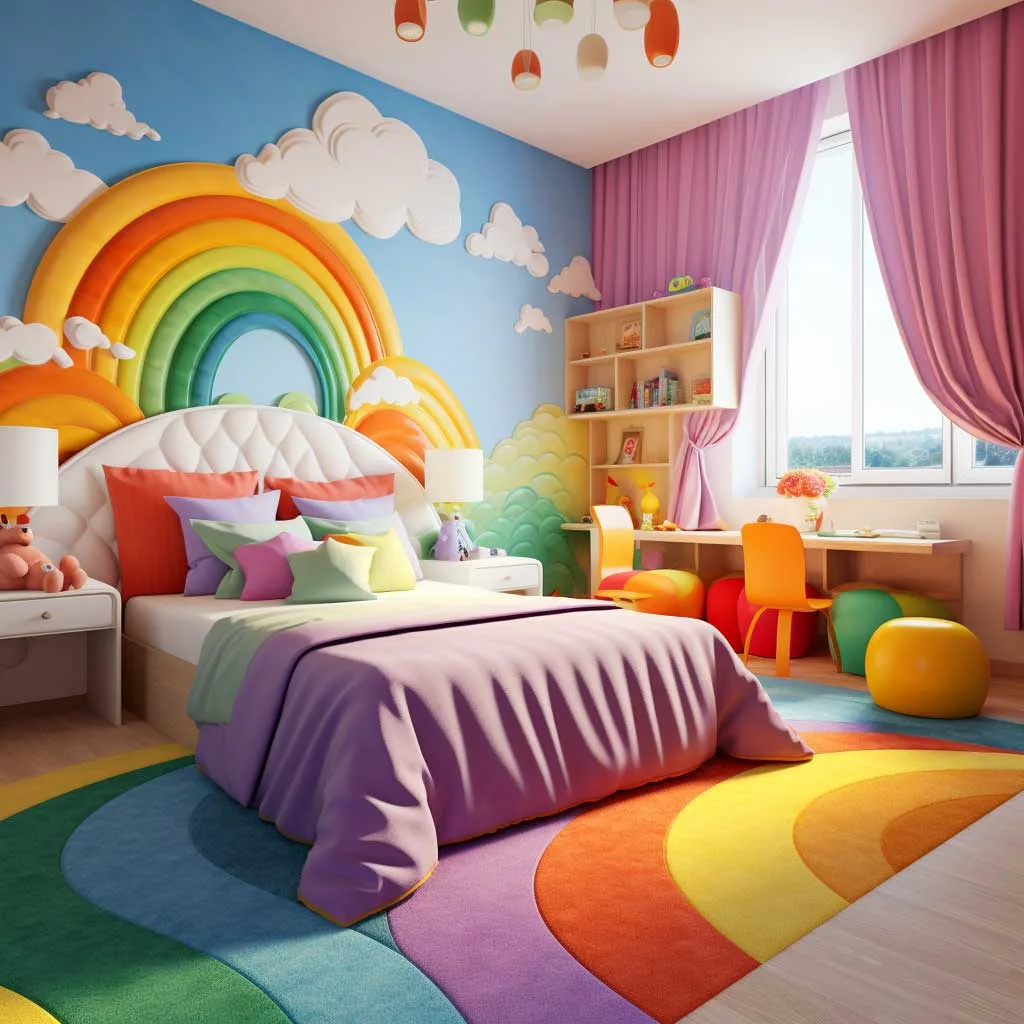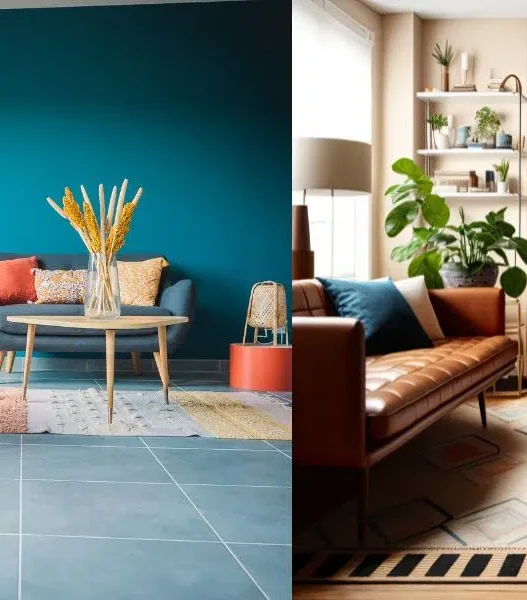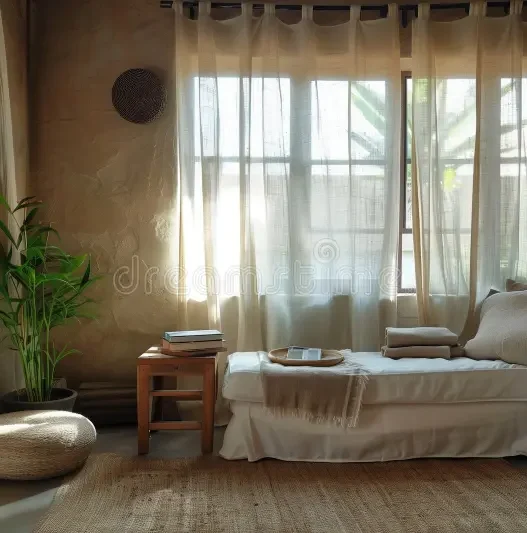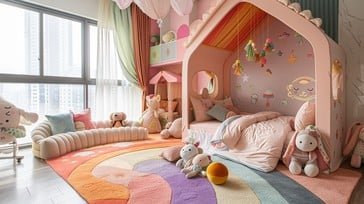Introduction
A kids’ room often serves multiple purposes—sleeping, playing, studying, and even storage. Designing a multi-functional space helps make the most of every square inch while keeping it fun and practical. Here’s how to do it.
1. Use a Loft Bed for More Space
A loft bed frees up space underneath for a play area, study desk, or storage. It’s perfect for small rooms.
2. Divide the Room into Zones
Create separate areas for sleeping, playing, and studying. Use rugs, shelves, or color-coded decor to define each space.
3. Choose Adjustable Furniture
Opt for furniture that grows with your child, such as an extendable bed, adjustable-height desk, or stackable chairs.
4. Foldable & Movable Furniture
Use foldable desks, wall-mounted tables, and rolling storage bins to make the room flexible and adaptable.
5. Hidden Storage Solutions
Use ottomans with storage inside, beds with drawers, and closet organizers to keep clutter at bay.
6. Creative Wall Space Utilization
Install pegboards, wall-mounted bookshelves, and hanging organizers to maximize vertical storage.
7. Multipurpose Play & Study Area
A single table can serve as both a play area and a study space by keeping one side for toys and the other for school supplies.
Conclusion
A well-designed multi-functional kids’ room makes life easier by keeping everything organized and maximizing the available space. With smart design choices, you can create a room that adapts as your child grows.





